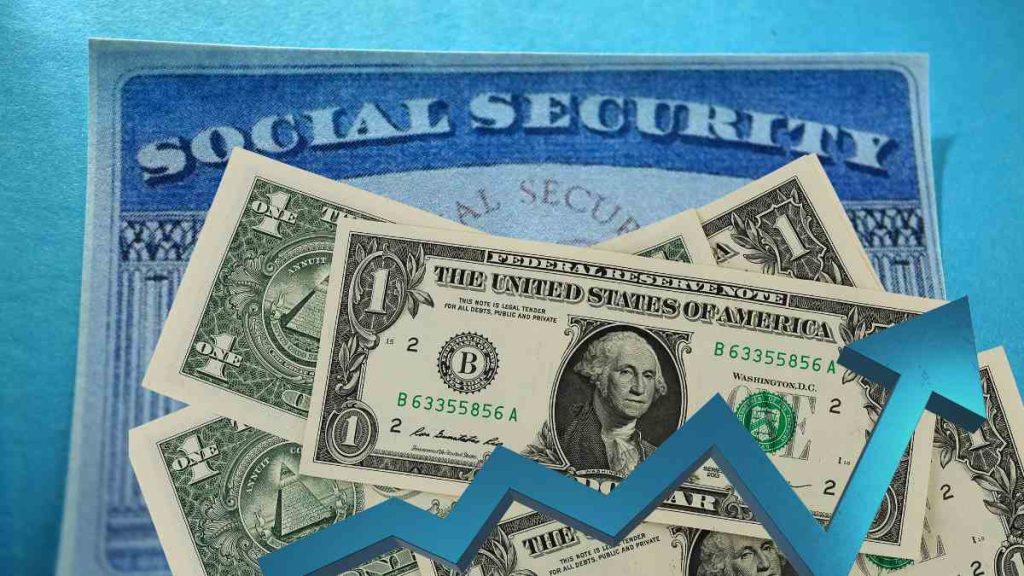You may be getting a raise.
If you receive Social Security benefits, the cost-of-living adjustment, known as COLA, is expected to be higher in 2026 than this year’s.
The projected rise partly reflects higher consumer prices and the pressure that the Trump trade tariffs are placing on businesses — costs that are being passed on to shoppers.
The COLA for 2026 is projected at 2.7%, which would mean an average increase of $54 in retirees’ monthly checks, according to projections from the Senior Citizens League, a nonprofit that advocates for older adults and annually issues an early COLA estimate.
COLA is calculated using the annual average inflation measured by the Consumer Price Index for Urban Wage Earners and Clerical Workers for July, August and September.
A 2.7% COLA — some analysts put it at 2.8% — would be higher than the 2.5% increase in 2025, the smallest COLA since 2021.
At the same time, the increase would be lower than the 3.2% boost in 2024. Over the past 20 years, COLA has averaged 2.6%, the Senior Citizens League said on its website, where it regularly documents the challenges retirees face coping with price increases on fixed incomes.
“Our research shows that about 39% of older adults rely on their benefits for all of their income, so the announcement of the cost-of-living adjustment has a direct effect on their quality of life,” said Shannon Benton, the league’s executive director.
When the COLA increase for 2026 arrives
The final COLA figure for 2026 will be announced on Oct. 15. Increases will be deposited into retirees’ bank accounts starting in January 2026.
Supplemental Security Income recipients, a program for low-income older adults and people with disabilities, receive the COLA increase in December because of the Social Security Administration’s payment schedule.
An extra $50 a month won’t go far for Social Security beneficiaries, who will also face higher Medicare premiums. Earlier this year, Medicare trustees projected that the standard Part B monthly premium would rise by $21.50 to $206.50 from $185 this year.
With rising inflation and an increase in unemployment claims — which reached 263,000 for the week of Sept. 6, the highest level since October 2021 — the risk grows for stagflation.
On the other hand, an expected cut in interest rates could benefit investments and boost the labor market. The Federal Reserve is scheduled to hold its next monetary policy meeting September 16 and 17.
By SARAH MORENO/El Nuevo Herald
Sarah Moreno cubre temas de negocios, entretenimiento y tendencias en el sur de la Florida. Se graduó de la Universidad de La Habana y de Florida International University. @SarahMoreno1585

